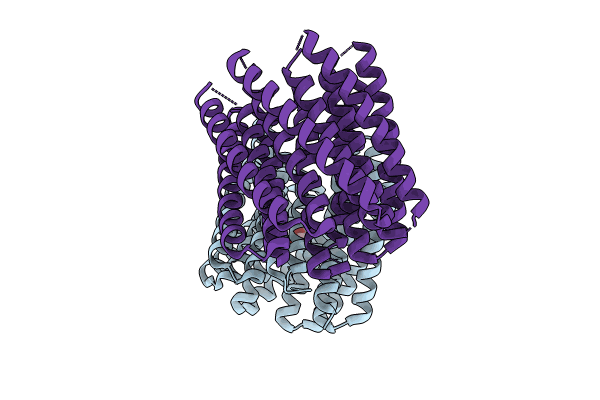
Deposition Date
2023-08-22
Release Date
2024-07-03
Last Version Date
2024-08-07
Entry Detail
PDB ID:
8QAI
Keywords:
Title:
X-ray crystal structure of a de novo designed single-chain parallel coiled-coil alpha-helical barrel with 7 inner helices, sc-CC-7-LI
Biological Source:
Source Organism:
synthetic construct (Taxon ID: 32630)
Host Organism:
Method Details:
Experimental Method:
Resolution:
2.50 Å
R-Value Free:
0.23
R-Value Work:
0.19
R-Value Observed:
0.20
Space Group:
P 1


